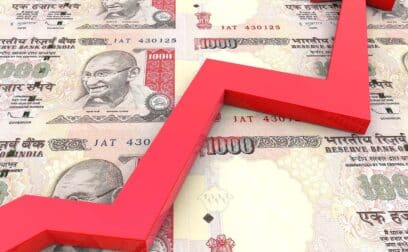Definition
A bull market refers to a financial market, such as the stock market, in which prices of assets, particularly stocks, are on an upward trend over an extended period of time. During a bull market, investor confidence is high, and there is a prevailing sense of optimism about the economy and the prospects of various industries.
What is a bull market?
Key characteristics of a bull market include rising stock prices, increased trading activity, and a general feeling of positive sentiment among investors. This optimistic atmosphere often encourages more people to invest, further driving up prices. Bull markets can be fueled by factors such as strong economic growth, low unemployment rates, and favourable corporate earnings reports.
It’s important to note that a bull market is characterised by a sustained uptrend, typically lasting months or even years, rather than just short-term fluctuations. This contrasts with a bear market, where asset prices decline consistently over an extended period.
Example of a bull market
Imagine a stock market named Imaginaria Stock Exchange (ISE).
- Economic growth:
- The economy of the fictional country, Imaginaria, is experiencing robust growth. GDP is expanding, unemployment is low, and consumer confidence is high.
- Favorable corporate earnings:
- Companies listed on the ISE are reporting strong earnings, indicating healthy business performance. Investors are optimistic about the future prospects of these companies.
- Low interest rates:
- The central bank of Imaginaria has kept interest rates low to stimulate borrowing and spending. Low-interest rates make equities more attractive for investors seeking higher returns.
- Increased investor buying:
- As a result of positive economic indicators and news, more investors are entering the stock market. Buying activity increases, leading to higher demand for stocks.
- Rising stock prices:
- Stock prices on the ISE are consistently rising across various sectors. Many stocks are reaching new highs as demand outpaces supply.
- Confidence and speculation:
- Investor confidence is high, leading to a willingness to take on more risk. Speculative trading becomes more prevalent as investors anticipate further price gains.
































 yet? Register here!
yet? Register here!